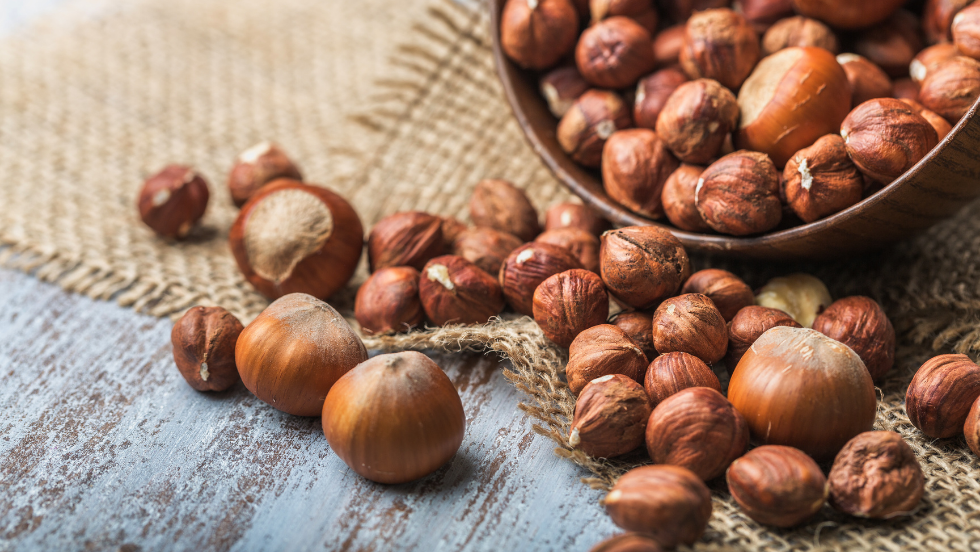Chestnuts
The benefits of chestnuts
Synonymous with walks in the woods under yellowing trees or small street stalls that fill the streets with the scent of chestnuts, they are typical autumnal fruit. They appear in mid-October. Not to be confused, of course, with conkers, since chestnuts have a little point at the top! Its fellow fruit, the « marron », has the distinctive feature of having just one nut in the husk.
Shelled and oleaginous fruits (from which you can extract oil), chestnuts are packed in a number of ways: fresh, vacuum-packed, frozen, canned. Fruit used by poor people living in the mountainous regions of southern Europe, where it has long been employed to make flour, it can cost as much as € 8 in cities. Part of the same family as hazelnuts, almonds and other kinds of nuts, you need to be careful and patient before introducing them into the baby’s diet. Ask your paediatrician for advice!
Properties:
With a low water content and full of carbohydrates, as also lipids for a fruit, chestnuts have the distinctive feature of not containing gluten, but starch. This may be useful to know if there are allergies to this kind of carbohydrate. Its low water content is also what makes it a bit stodgy.
Exceptionally rich in slow sugars, this fruit is similar to starchy food because of its high fibre content. It provides a long-term supply of energy and prevents a rapid rise in the blood’s sugar levels. Chestnuts can become an ally for athletes or babies and their parents to fight the cold winter days that lie ahead. In terms of nutrients and vitamins, chestnuts are a reservoir of magnesium, potassium, manganese, copper and vitamin C: a healthy asset!
Tips:
Pick chestnuts that are heavy and have a firm texture. If you cook them with water, make sure you pierce the fruit, just the thin shell. This will make them easier to peel and prevent them from exploding. Also make sure you remove the thin film around their flesh before serving them.
Conclusion:
It’s no mystery that chestnuts do not ripen in autumn only to be served with the Christmas turkey, they are a goldmine in terms of energy and nutrients. Mix them with lighter fruit and vegetables with a high water content such as pumpkins to create delicious recipes for your baby. Use its unique taste, reminiscent of woodland undergrowth, to enhance the flavour of meat.


 EN
EN FR
FR NL
NL DE
DE ES
ES





